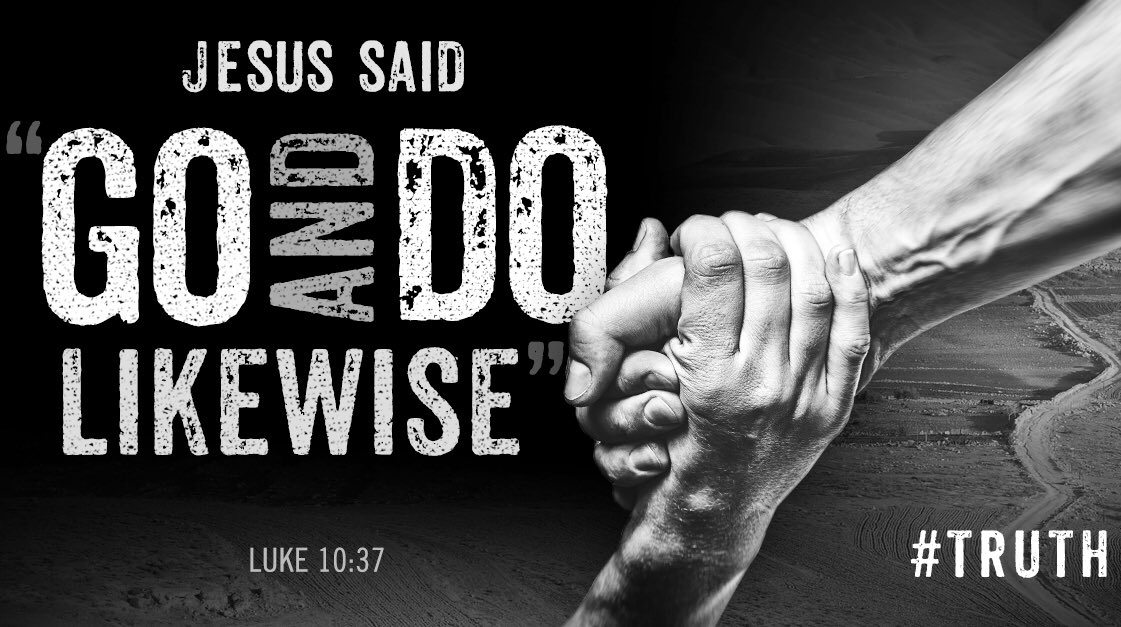God's Amazing Story
Study Guide Week Twelve
Message for Sunday December 2, 2018
This Week Reading: Luke 1:1-4 Additional Reading: Acts 1:1-3; Colossians 4:14; Philemon 24; 2 Timothy 4:11
Introduction
When I first became a follower of Jesus at the age of 31 I started reading the Bible. When I got to the book of Luke, the introduction (Verses 1-4 of chapter 1) fascinated me. I was fascinated because I realized that what I was reading in the Bible was a reliable and trustworthy account of what had actually happened. Unlike other religions or philosophies, Christianity is based upon historical facts. Some of the accounts of Jesus specifically Matthew and John were actually written by his followers and are eyewitness accounts. John 1:14 and 21:24 as well as 2 Peter 1:16 and 1 John 1:1-3 all testify to being first hand accounts of eyewitnesses. The book of Mark was written by a disciple of the Apostle Peter. Mark's information is probably mainly based upon Peter telling what he experienced. Luke on the other hand was like an investigative reporter. He carefully researched, spoke to eye witnesses and visited the places where things happened. He most likely spoke to Jesus' mother, to the shepherds who saw the angels announcing Jesus' birth and probably many of the people mentioned in the book who had miracles performed in their lives by Jesus. Luke also became part of the Apostle Paul's ministry team as the above additional verses indicate.
Luke's gospel is the most complete and comprehensive account of the life and ministry of Jesus. Luke was also a medical doctor and at times he uses medical terms to describe things. For example in verse 3 when he writes that he carefully investigated everything, the term used is the term used for a doctor carefully examining a patient. Luke was the perfect person to be used by God to write God's story so that you and I over 2,000 years later could hear and respond to the story of Jesus.
Background Information
Theophilus is a Greek name and most likely he was a Roman governor or official since Luke refers to him with the term 'most excellent' a term used when referring to an official of the government. His name literally translated means lover of God. Theo is the Greek word for God and philo is the Greek word for brotherly love. This man had apparently become a follower of Jesus based upon someone telling him about Jesus and he believed and become a follower. There was no Bible as we know it at that time just the Jewish scriptures which we know as the Old Testament. Luke inspired by God and used by God decided to write an orderly account so that this man would know the certainty of what he had been taught. Luke wrote with the purpose of convincing, converting, saving and spiritually edifying this man.
Integrating the word of God into our lives is of key importance. The Bible has words of life that are alive and work in us as we read and apply it. A key word in verse 1 is the word fulfilled. This word is used 33 times in the gospels to refer to the fulfilling of an Old Testament promise in the ministry of Jesus. This points to the connection between the Old and New Testaments. It is all one story - Creation - Fall and brokenness - Waiting for a savior - the birth and ministry of Jesus bringing salvation - waiting for the second coming of Jesus to bring full restoration. It is an amazing story one that everyone needs to hear.
Key Points
- Understanding God's story brings clarity to our lives and guides us in how to live in a broken world.
- God's book is the greatest gift God has given us - fall in love with it - read it, study it, memorize it and share it with others.
- Knowing and applying God's truth brings freedom and restoration. God's amazing story is meant to be passed on to others.
Digging Deeper Questions
1. Discuss how important the Bible is in your life. What are some particular situations where reading the Bible has effected you and your life.
2. How do you integrate the Bible into your daily life? What is your devotional time like? What would you like to develop in this area of your life?
3. Why was it important for Luke to mention that there were eyewitnesses who wrote what happened down? Why was it important for him to mention he investigated everything?
4. How would you have investigated everything? Who would you have interviewed? Where would you have gone to visit?
5. Why is it important to know the certainty of what you believe? How would you respond to someone who said the Bible is just a book like any other book?.
6. How do you personally know that the Bible is God's word?
7. What insights do you get from these verses? What can you apply?.
2. How do you integrate the Bible into your daily life? What is your devotional time like? What would you like to develop in this area of your life?
3. Why was it important for Luke to mention that there were eyewitnesses who wrote what happened down? Why was it important for him to mention he investigated everything?
4. How would you have investigated everything? Who would you have interviewed? Where would you have gone to visit?
5. Why is it important to know the certainty of what you believe? How would you respond to someone who said the Bible is just a book like any other book?.
6. How do you personally know that the Bible is God's word?
7. What insights do you get from these verses? What can you apply?.




